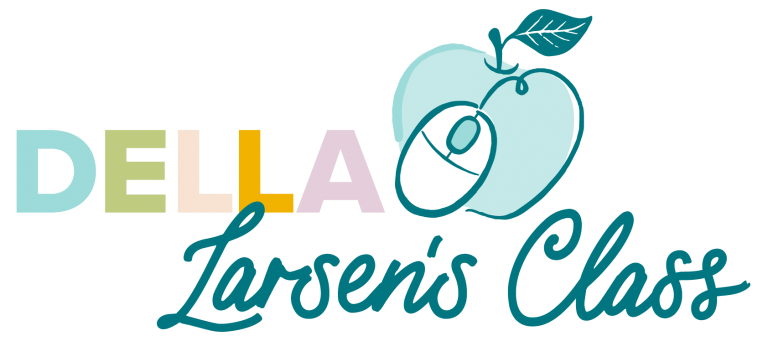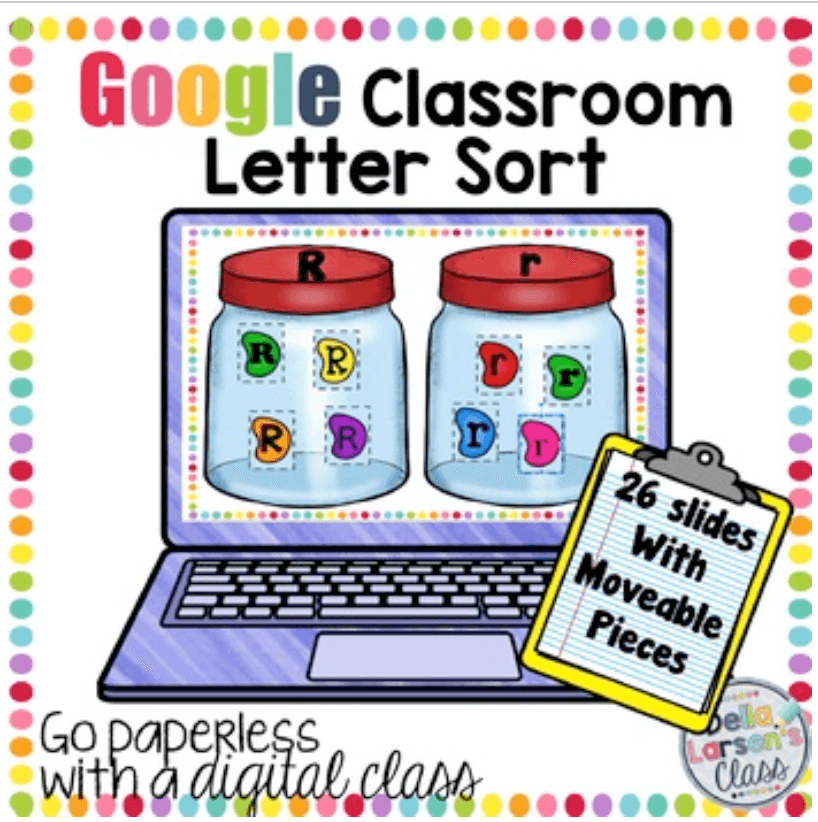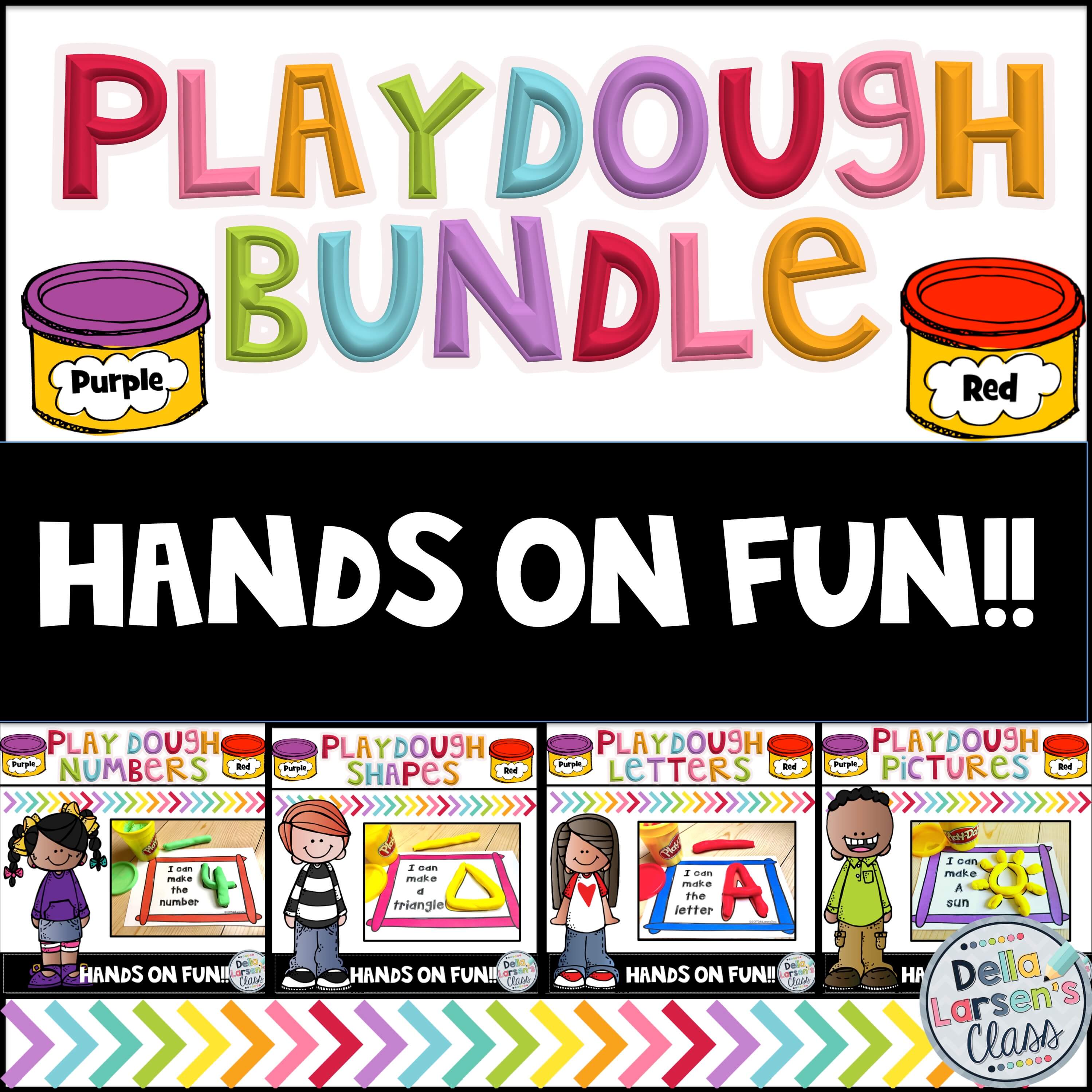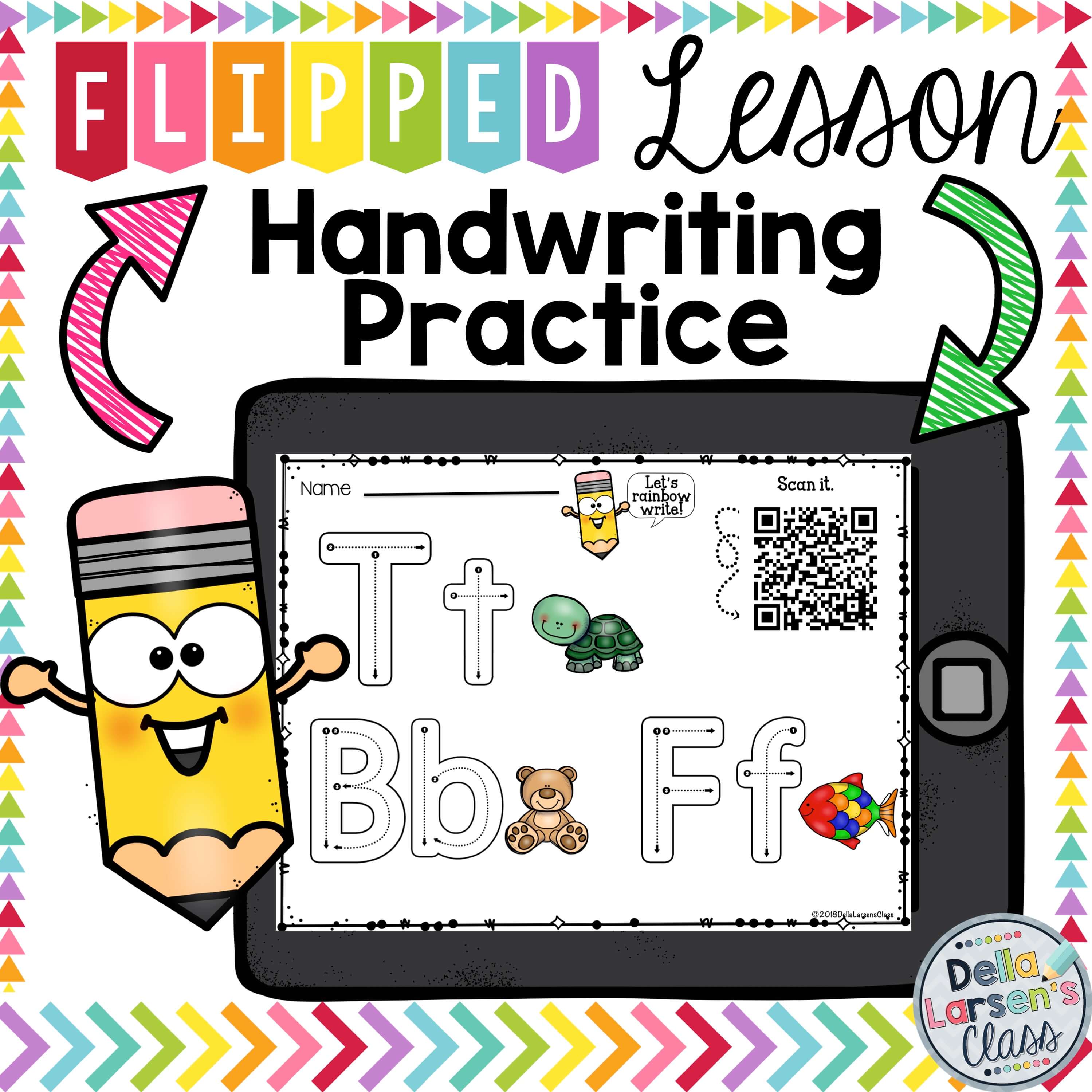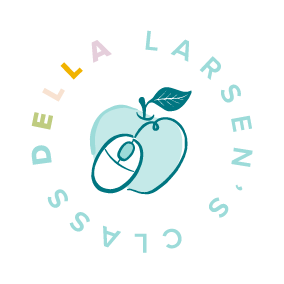If you have spent any time in a classroom recently you know that teachers are constantly asked to differentiate. So let’s talk differentiation in the classroom. What exactly does it mean when we say we differentiate our instruction to meet all our learners?
I have yet to go to a classroom where all the students learn the same way and are all on the same level. Chances are you teach in a class that has a wide range of learning styles and levels. So we are going to have to meet the needs of every child in front of us every day. No small task. The good news is, you are probably already doing it.

When we talk about differentiation what exactly do we mean?
Content
If one of your students is already reading you want to push them to read more fluently or at a higher level. You may have others who are still struggling to identify letters. When you teach both students you are differentiating the content based on their levels. Using Google Classroom helps teachers easily differentiate because while multiple students are completing word work, they can all be working on vastly different skills. Google has recently added a sound feature. Now your students with special needs and your ELL students can hear vocabulary.

Process
This is basically how you are teaching that content. Some students may be visual learners some may learn better if they hear the content. The way you vary how you teach the content is also differentiation. Using flipped lessons to teach handwriting increases student engagement and allows a teacher to target the skills a child needs. Flipped lessons let the student receive virtual 1:1 instruction which can have a huge impact on learning. Learn more about flipped lessons here.
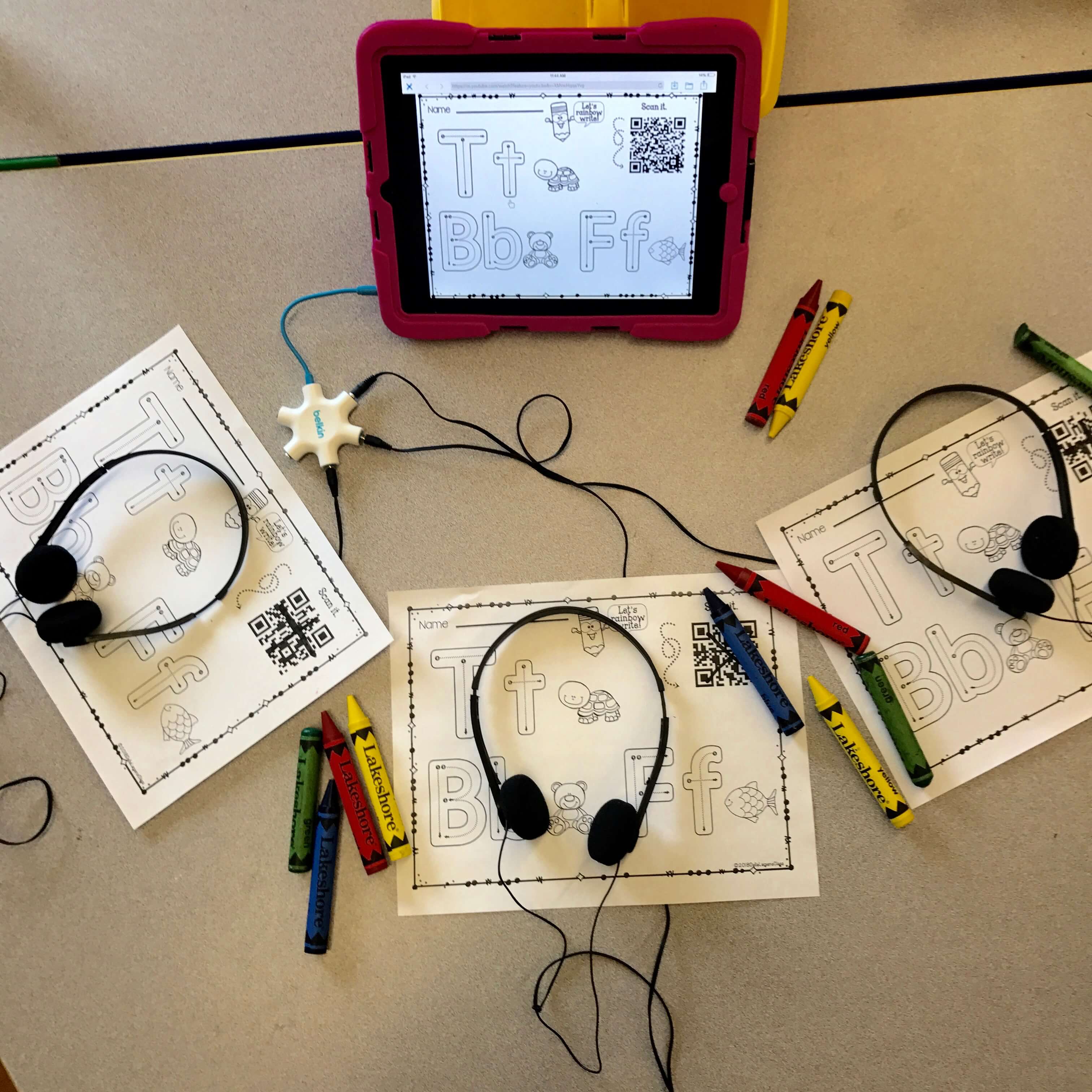
Products
How the students show what they have learned. When we give our students the ability to showcase their knowledge in different ways we are differentiating. When we allow students a variety of ways to show what they have learned we differentiate the products. Using play-doh to create letters is an alternative for students who struggle with fine motor skills, while still providing access to the curriculum. read more about using play-doh to increase learning.

The environment
How the class works. Is it quiet, do you play music? Do you have flexible seating? Do you have a distraction-free setting? Any way that you control the physical space to match the learning style of your students is considered differentiating.
There are multiple ways to differentiate to meet the needs of our learners. be creative and let their strengths drive your instruction.
You can learn more about the resources shown here
